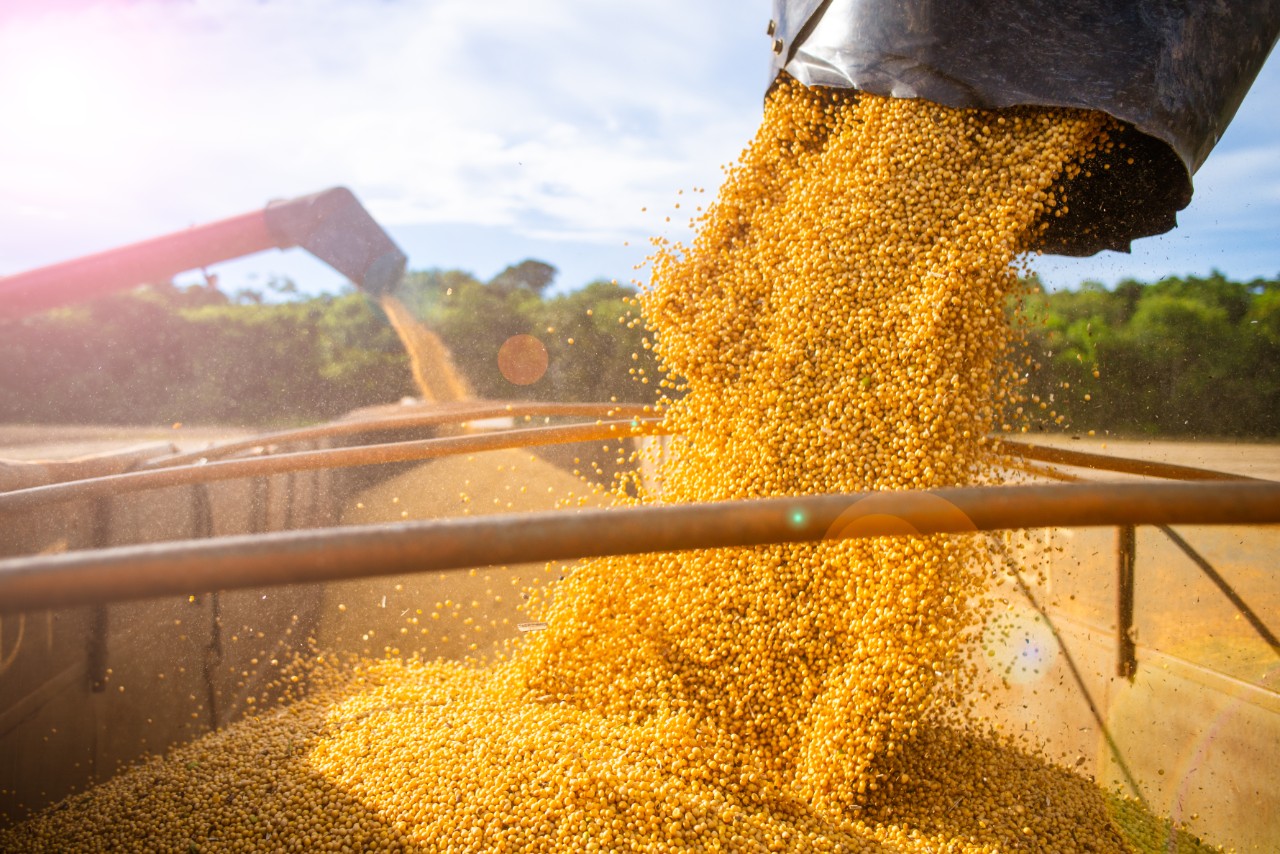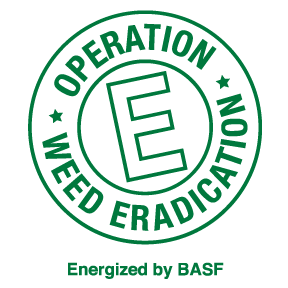Stop the Spread
Slash the spread of weed seed to reduce storage challenges, protect market opportunities

Season-long weed control begins by managing a diverse set of crop production tools — including reducing discounts at the local elevator and protecting vital export markets.
By keeping a continual eye on weed management throughout the growing season, farmers can prevent the spread of weed seeds and protect fields from future weed outbreaks while also ensuring a quality crop will be marketed.
Making the Grade
While modern combines are efficient at separating stems and pods from soybeans, the machines can be efficient spreaders of weeds.
According to University of Minnesota Extension Soybean Agronomist Seth Naeve, local elevators grade soybeans, for example, and classify those by USDA grading standards. Foreign material is one of the factors affecting USDA grades.
“Anytime [a crop] is above 1% foreign material, then it could be classified as a No. 2 yellow soybean that could come with some sort of a discount relative to a No. 1. soybean,” Naeve explains.
Individual elevators establish their own policy and pricing system, so Naeve says price differentials can exist between a No. 1 soybean and a No. 2 soybean.
Protecting Export Markets
Foreign material can affect grain quality and helps determine marketability to key U.S. customers like China.
According to Naeve, in 2019 China began restricting soybeans that contained more than 1% foreign material.
“We have to reduce our foreign material and also the weed seed that’s included in that foreign material,” Naeve explains.
While a direct connection between the farmer and the end buyer often does not exist in the grain industry, Naeve says market structures are set up so that exporters are penalized when grain containing foreign material goes overseas. In turn, the risks related to those trade deals eventually trickle back to the producer.
For example, Naeve says if an exporter is penalized on a shipment of soybeans, then the cost eventually traces its way back through the system to the producer.
“It’s very indirect, but ultimately the farmer ends up paying,” he explains.
“There are a lot of little nuances to it, but overall, the farmer ultimately benefits by reducing foreign material [in his crop].”
—Seth Naeve, University of Minnesota Extension Soybean Agronomist
When soybeans are harvested, even stems and pods are considered foreign material. But Naeve says the critical issue is that weed seed finds its way into the harvested grain.
“China is really focused on weed seed content of the foreign material,” he explains. “We know from our own research that there is a lot of weed seed even in very low quantities of foreign material.”
Naeve adds that combines can be efficient spreaders of weeds, further complicating future weed control in fields.
Adding to the Toolbox
The bottom line is that season-long weed control and managing escapes at the end of the crop year are key strategies in a farmer’s overall crop management toolbox.
“We have more and more herbicide resistance within our weeds and our new herbicide chemistries are not keeping up,” Naeve says.
“So from a long-term risk management strategy, farmers really need to reduce any resistant weeds in their fields, maintain them as cleanly as they can and reduce weed seed banks so that they have fewer problems down the road.”
—Seth Naeve, University of Minnesota Extension Soybean Agronomist
By implementing a diverse management strategy, farmers can achieve season-long weed control that will help them harvest a clean, marketable crop in the end.
